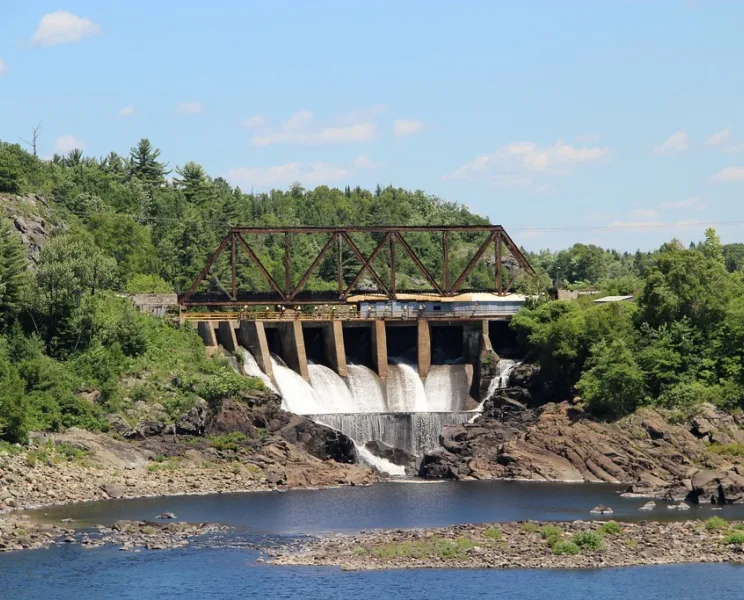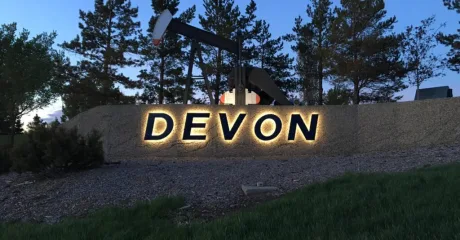Re-watch this CityTalk Live Webinar featuring insights from leaders in climate equity, sustainable engineering, and municipal planning.
The conversation, moderated by Mary W. Rowe of the Canadian Urban Institute, brings together CRIS participant Jason Wallace, Manager of Municipal Projects for the Village of Cumberland, Expert Roster member Lexy Ralph from Stantec Engineering, CRIS Climate Co-Lead Jeb Brugmann, and program partner Danya Pastuszek, president and CEO of Tamarack.
Watch the recording below
5 Key Takeaways from the conversation:
1. Canada’s Infrastructure Gap Hits Small Municipalities Hardest
Small communities across Canada are on the front lines of climate change, facing mounting infrastructure pressures amid limited resources, minimal technical capacity, and overstretched staff. These municipalities are expected to manage increasingly complex challenges—from aging assets to extreme weather events—without sufficient personnel or funding to respond effectively. The Climate Ready Infrastructure Service (CRIS) program directly addresses this critical gap. By providing climate-informed technical support and pre-feasibility design services, CRIS empowers small municipalities to advance essential infrastructure projects they would otherwise struggle to scope, plan, or fund. One of the program’s most impactful contributions is the delivery of customized “options reports”—climate-integrated assessments that outline viable infrastructure strategies tailored to local needs and conditions. These reports help municipal leaders clarify project scope, understand risks, and prepare for future funding applications, all while embedding climate resilience into the early stages of infrastructure planning. In doing so, CRIS contributes to creating a more equitable infrastructure landscape across Canada, ensuring vulnerable communities are not left behind in the national climate response.
2. Frontline Communities Need Flexible, Scalable Climate Solutions
Jason Wallace offered a grounded account of how the CRIS program is enabling small municipalities to address critical infrastructure challenges they otherwise couldn’t afford to tackle. Speaking from the experience of Cumberland, BC, he described how CRIS helped initiate the replacement of a 127-year-old dam increasingly vulnerable to extreme weather. “We’re trying to prepare for the future, not the storms of the past,” he noted. With limited resources and a constrained tax base, Cumberland lacked the capacity to launch such a complex, climate-resilient project. CRIS bridged that gap by providing expert-led climate hazard assessments to inform design and strengthen funding opportunities. Jason emphasized the program’s streamlined process—from a simple application to rapid deployment of support—bypassing bureaucratic barriers and saving time and money. He also underscored the importance of localized, right-sized solutions, and suggested that larger cities could learn from small communities’ use of redundancy, disaggregation, and adaptive planning. His experience demonstrated how CRIS delivers accessible, scalable resilience tools to communities most in need—catalyzing action in the face of accelerating climate pressures.
3. Experts Want to Help—But Need New Access Models
Top-tier technical expertise is often out of reach for small communities—but CRIS breaks down those barriers. Lexy Relph of Stantec explained that large engineering firms usually serve bigger municipalities due to procurement costs and project scale, but CRIS enables smaller municipalities to access expert support by bypassing traditional procurement and using a vetted roster. This approach not only connects high-capacity firms with under-resourced communities but also fosters knowledge-sharing across regions and project types, boosting innovation and equity in climate adaptation. Lexy noted that while Stantec’s scale can be a barrier for small municipalities, CRIS’s streamlined process eliminates lengthy RFPs and pre-approves experts to overcome budget constraints. CRIS also promotes collaboration by producing standardized, shareable reports that identify infrastructure priorities and climate risks. Importantly, large firms benefit too—learning from small-scale, context-specific projects and applying those insights more broadly. As Lexy put it, “Sometimes by necessity, you have to become creative when you have fewer resources,” driving innovation at any scale. She emphasized that resilient infrastructure begins with relationship-building, community engagement, and context-specific solutions rooted in listening.
4. Community Engagement is Critical Infrastructure
Resilient systems rely on both civic and physical infrastructure. Danya Pastuszek from Tamarack Institute emphasized that effective infrastructure planning must include strong social foundations—not just technical ones. She explained that “infrastructure” isn’t just concrete and steel but also the social systems that help communities adapt. CRIS supports this by embedding community voices early in the project cycle, ensuring public engagement is a foundational element of long-term resilience. Danya sees CRIS as a chance to rethink community involvement across the entire infrastructure lifecycle—from scoping to evaluation. She stressed that resilience depends on “softer” infrastructure—networks of trust, communication, and cross-sector collaboration. “It only happens when people come together,” she said, highlighting partnerships among municipalities, organizations, businesses, and residents. CRIS creates space for integrated planning, making community voices active in decision-making, not just passive recipients. It also helps identify broader policy needs, such as regional collaboration and national strategies, by connecting insights across projects. For Danya, CRIS is more than funding; it’s a model for evolving physical and civic infrastructure together.
5. Small-Scale Innovation Can Inspire Big-City Transformation
What works in a village today could shape resilient cities tomorrow. As Jeb Brugmann noted, small municipalities often serve as innovation hubs—testing microgrids and decentralized systems out of necessity and scale. Panellists emphasized that disaggregation and redundancy, once seen as inefficiencies, are now key strategies for resilience. Communities like Cumberland demonstrate how “right-sized” infrastructure and adaptive planning can influence national policy and inform scalable urban solutions. With over 30 years in resilience planning, Jeb framed CRIS as a breakthrough model that empowers small municipalities to address growing infrastructure deficits worsened by climate change. CRIS bypasses barriers like limited technical capacity and complex procurement by offering free, expert-led options reports to communities under 30,000 residents. These tailored assessments help define, scope, and prepare capital projects. Beyond direct support, CRIS fosters a national community of practice among engineers and municipal leaders. Standardized methodologies and reports are becoming shared resources that can inform regional collaboration and policy. Jeb emphasized resilience as a dynamic, place-based process—grounded in community engagement, flexible design, and long-term strategy.
Tune in to future Citytalk online events and discussions at citytalkcanada.ca





